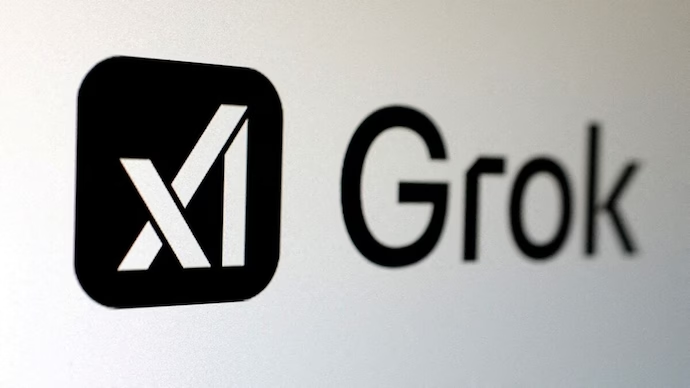The Union Cabinet approved Chandrayaan-4, the next phase after Chandrayaan-3's successful lunar landing of a lander and rover on Sep 18. According to Union minister Ashwini Vaishnaw, the Cabinet also approved the plans for the Venus orbiter mission (VOM), the creation of an Indian space station, and the construction of next-generation launch vehicles.
The goal of the Chandrayaan-4 lunar mission is to develop and demonstrate technology that will enable a successful landing on the moon and a return to Earth. Additionally, it will gather moon samples for examination on Earth.

By investigating Venus's dense atmosphere, the VOM will generate huge quantities of scientific data with the goal of better understanding Venus's geology and atmosphere through scientific investigation.
In order to investigate Venus's surface, subsurface, atmospheric processes, and the influence of the Sun on the planet's atmosphere, the mission's scientific spacecraft is intended to circle Venus.
Because Venus is thought to have once been habitable like Earth, studying it is crucial. Launch day for the mission is set for March 2028.
The spacecraft's development and launch will be managed by ISRO. The spacecraft will cost ₹824 crore of the ₹1,236 crore overall budget for the Venus Orbiter Mission.
The Bharatiya Antariksh Station (BAS), India's own space station for scientific study, was also approved for construction by the Cabinet. The International Space Station, run by the US, and Tiangong, operated by China, are the only two operational space stations at the moment.
The Bharatiya Antariksh Station (BAS-1) first module and missions to validate technologies for BAS construction and operation have received approval from the Cabinet.
These new developments and additional needs will be incorporated into the updated Gaganyaan program, which will prioritize the completion of eight missions by Dec 2028.
Originally approved in Dec 2018, the Gaganyaan initiative seeks to promote future Indian space
exploration as well as human spaceflight to the Low Earth Orbit (LEO). By 2035, Bharatiya
Antariksh Station is expected to be operational, and by 2040, a crewed lunar trip is planned. The revamped Gaganyaan program under ISRO has ₹20,193 crore in total additional budget.
The creation of a next-generation launch vehicle was also approved by the government. The ISRO just finished testing and delivered the Small Satellite Launch Vehicle (SSLV).
At 1.5 times the cost of the LVM3, the Next Generation Launch Vehicle (NGLV) will provide three times the payload capacity of the existing vehicle. Up to 30 tons can be transported there by design for Low Earth Orbit (LEO).
The launchers that India currently has available, PSLV, GSLV, LVM3, and SSLV, can send satellites weighing up to 10 tons into Low Earth Orbit (LEO) and 4 tons into Geo-Synchronous Transfer Orbit (GTO). This capability will be enhanced by the NGLV.
The NGLV project has an approved total budget of ₹8,240 crore. Its three development flights are scheduled to be completed within eight years of the start of the program.















